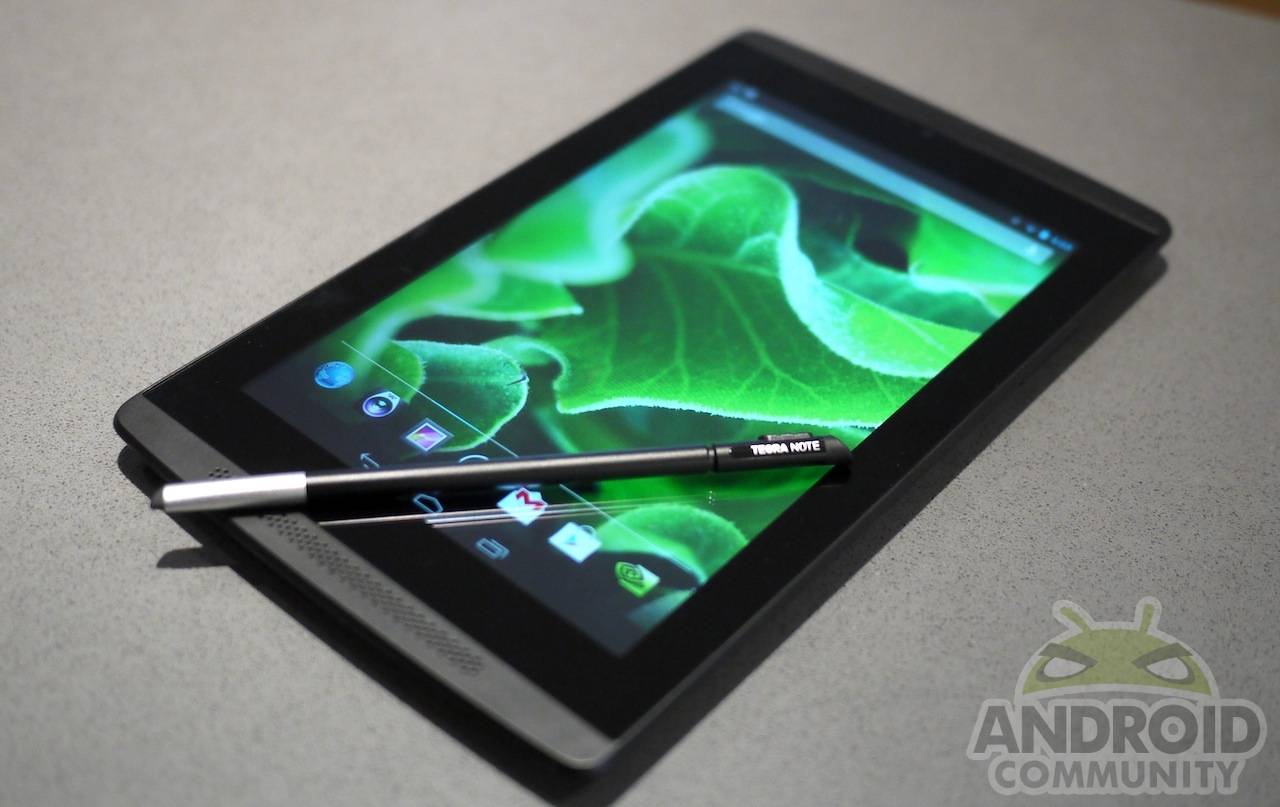
A Tegra 4 tablet, with a decent stylus, and the promise of pure Android? NVIDIA’s Tegra Note 7 platform, on sale from today, has plenty of Android aficionados talking, the $199 tablet arriving in the US with EVGA branding but really the brainchild of the chip manufacturer itself. So far Samsung has had the stylus market effectively in a stronghold, but NVIDIA wants to change all that using some Tegra 4 smarts.
Hardware
In a world of sturdy Nexus 7 and LG G Pad 8.3 tablets, the Tegra Note 7 feels comparatively cheap. The 199 x 119 x 9.6 mm, 320g plastic casing feels tough, but NVIDIA’s design is uninspiring and, in the case of the overly-molded back panel, somewhat toy-like in the hands. A folding magnetic “Slide Cover” slots into a long groove on the right side, waking the tablet when opened as well as rolling up into a stand, though we had some issues with it inadvertently falling open in our bag since the magnets aren’t particularly strong.
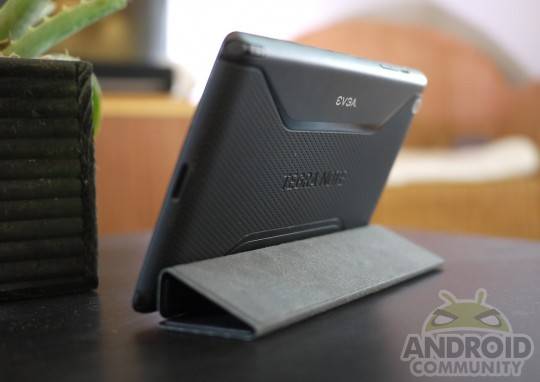
Then again, the NVIDIA slate actually is cheap: $199 undercuts the 2013 Nexus 7, and comes in at almost half the price of Samsung’s Galaxy Note 8.0. Despite that, the specifications are solid: the Tegra 4 of course, paired with 1GB of memory, and a 7-inch 1280 x 800 IPS LCD display. Obviously you sacrifice resolution to hit that price – Google’s tablet offers 1920 x 1200, for instance – and the screen itself, although bright and with reasonable viewing angles, has somewhat muted colors.
Connectivity includes WiFi b/g/n, Bluetooth 4.0 LE, GPS/GLONASS, a micro HDMI port, microUSB (with Host support), and a microSD card slot to augment the 16GB of onboard storage. No 3G/4G option at this stage. A 5-megapixel autofocus camera is on the back, and a VGA camera on the front.

Also on the front are the Tegra Note 7’s speakers, with NVIDIA opting to put them user-facing to make the most of the sound. It’s a good decision, as the tablet sounds impressive for the size, particularly as to the amount of bass it can put out; NVIDIA also fitted a bass reflex port to emphasize the bottom end.
Stylus
There’s more than one way to implement a stylus, but so far we’ve only really seen one sure-fire route to polished digital penmanship, and that’s with the sort of active digitizer Samsung uses on its Galaxy Note range. By opening up communication between pen and display, you can more accurately track position, pressure, and even angle; however, it also introduces extra cost and complexity.
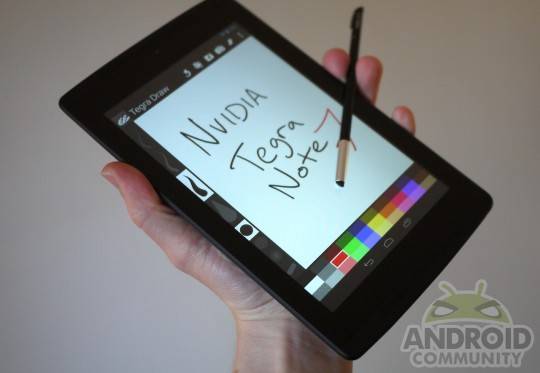
NVIDIA’s system takes a different approach. The Tegra Note 7 has the same sort of capacitive touchscreen tech as the Nexus 7 or the iPad mini, and indeed the stylus – which slots into a silo on the lower right corner – is a standard capacitive pen, albeit with a far smaller rubber nib than every other such pen we’ve seen. Like those pens, it mimics the touch of a fingerprint, only NVIDIA uses real-time processing on the Tegra 4 chip to more smoothly and accurately track the nib.
The result of this DirectStylus processing is a passive pen which comes close to the responsiveness and accuracy of an active one. NVIDIA saves money and reduces latency by cutting out an active digitizer and the various sensors that demands, and also integrates palm rejection – what differentiates between the stylus and the heel of your hand as you rest it on the display – but all in algorithms rather than dedicated silicon.

In practice, it works reasonably well. NVIDIA loads two stylus-specific apps on the Tegra Note 7 – one for writing and one for drawing, with a customizable pop-up launcher menu showing when you pull out the pen; alternatively, you can set one specific app to load when that happens – and you can get far smoother handwriting and sketches with the DirectStylus system than any other capacitive pen we’ve seen. Where other tablets skip and jag when you try to write at speed on them, or get confused by your palm resting on them, the Tegra Note 7 handles both well. Not, unsurprisingly, quite as well as an active digitizer, but well enough to make note-taking feasible.

NVIDIA has even enabled rudimentary pressure support, with the system capable of tracking the size of the nib where it comes into contact with the display. As you press harder, the nib deforms more, and more of the rubber is in contact (alternatively, you can physically rotate the stylus between your fingers, allowing more of the wedge-shaped tip to touch); that’s recognized as a thicker pen nib in compatible apps. There’s also the ability to flip the pen over and use the other end as an eraser, though you need to enable that in the app settings and give DirectStylus a moment to recognize the point of contact as the broader stub.
Software
Other than the writing-specific apps, and NVIDIA’s own Tegra Zone for games optimized for Tegra 4, NVIDIA has left the Android OS alone. In fact, while the Tegra Note 7 may be branded EVGA – and with other OEMs’ names in other locations – NVIDIA itself is taking responsibility for pushing out Android updates. The next big one will be Android 4.3 in December, the company tells us, and work on 4.4 KitKat is already underway. There’s no public timescale for its release, but it’s worth noting that NVIDIA has kept to a pretty much monthly update schedule for SHIELD, which in the Android world is admirable.

Performance overall is akin to any other Tegra 4 tablet, which is to say smooth and responsive with no issues multitasking. Hardware video decoding is supported, and indeed the Tegra Note 7 makes an excellent media player, particularly if you plug in a micro HDMI cable and hook up your TV or a projector.
That same setup works well as a games console alternative. We paired the Tegra Note 7 with a NYKO PlayPad Pro and were able to play titles like Dead Trigger 2 with no problems. The NVIDIA slate even supports full OS navigation via the gamepad’s buttons, so you can jump between apps, use the browser and media players like Netflix, and generally control everything from your sofa.
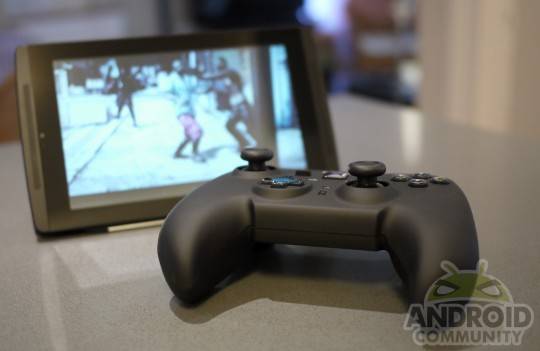
Controversial as benchmarks may be, there’s still an audience for them, and the Tegra Note 7 comes in just behind SHIELD – no great surprise, given it has the same processor but half the RAM. The tablet managed 34,875 in AnTuTu and 16,435 in Quadrant, along with 878 in the single-core Geekbench 3 test, and 2,309 in the multi-core test.
Camera
NVIDIA’s other bit of processing magic with Tegra 4 is in the camera, though we’ll have to wait a month until it’s unlocked. As of the December update, the tablet’s camera will be upgraded to support what the company describes as “Always On High Dynamic Range” (AOHDR) photography: rather than piecing together three (or more) frames of different exposures that were taken in rapid succession, as other cameras do in their HDR mode, the Tegra Note 7 will be able to simultaneously process different exposures.
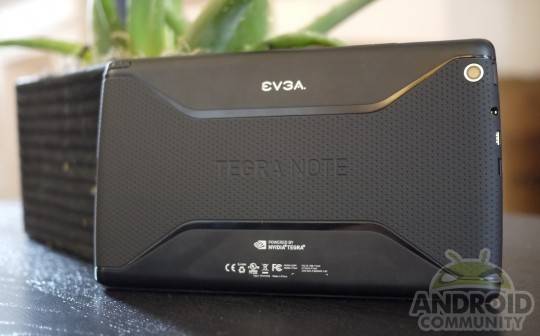
AOHDR will therefore be able to create an HDR shot in one go, meaning no blurring if you’re taking photos of moving objects, and no processing lag. We had a chance to test it on one of NVIDIA’s demo devices, and it seemingly works as advertised, pulling out extra detail in brighter and darker parts of the frame, but without the delay we’d normally expect.
The camera itself is controlled by the newly-released Camera Awesome app, ported over from iOS, which supports panoramic photos, has a regular HDR mode until AOHDR arrives, and also supports slo-mo HD video at over 100fps. It’s also possible to set different focus and exposure lock points in the frame, together with drawing a rectangle around your subject and have the camera track it as it moves, even if that takes it in and out of the scene.
Image quality is much as you’d expect from a 5-megapixel tablet camera, especially one lacking an LED flash. Shots are reasonable but not exactly suited to blowing up to large sizes, and noise quickly intrudes if things start getting dark. In short, it’s worth pulling out your phone instead to snap a photo, though that could change when AOHDR arrives, and we’ll revisit the Tegra Note 7’s camera at that point.
Battery
NVIDIA quotes up to 10 hours of HD video playback from the Tegra Note 7’s non-user-accessible 15.17 WHr battery. We left WiFi on – complete with push email in the background – and brightness at medium, and were able to get 9 hours and 5 minutes of looped HD video play before the tablet expired.

Given more mixed use, including a combination of browsing, note-taking, Google Maps, some media playback and photography, and a little gaming, we were able to get through a couple of days before reaching for the microUSB charger.
Wrap-Up
Is the EVGA Tegra Note 7 better than the Galaxy Note 8.0? There’s no clear-cut answer to that: the Samsung’s active digitizer technology still has the edge over NVIDIA’s DirectStylus system when it comes to smoothness of digital ink and such, but the cheaper tablet has narrowed the gap dramatically. That should give any would-be tableteer looking to tote a stylus pause for thought, especially if they also play games.
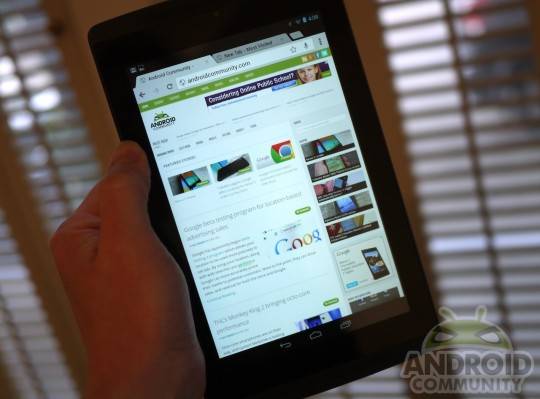
For every criticism we come up with about NVIDIA and EVGA’s slate, we keep remembering the price. It may not have the best design, or the very best display, or the best camera, but it’s fast, and has near-untampered Android, and a clever pen system, and it costs just $199. Even if you never use the stylus, you’re getting plenty for your money. Google’s own Nexus 7 remains our pick for the mainstream, given its higher resolution display, but the EVGA Tegra Note 7 is definitely worth considering if you’re into gaming or want to use your tablet for casual note-taking or art work.



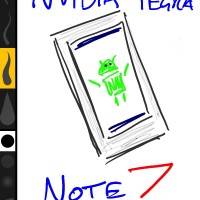
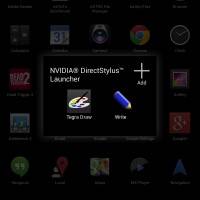
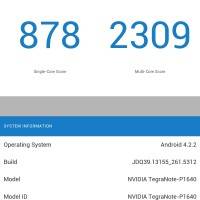
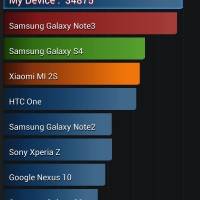


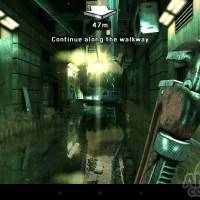
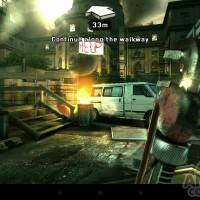
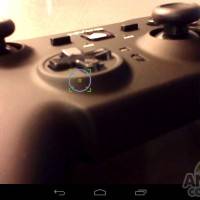


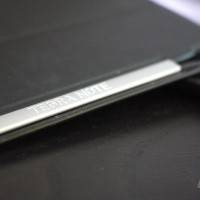
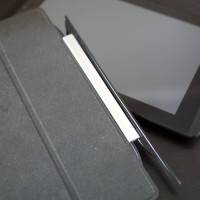

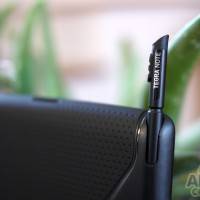
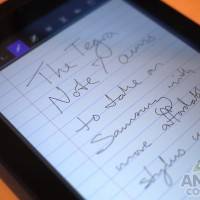
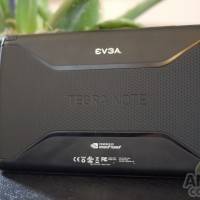
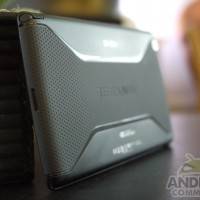
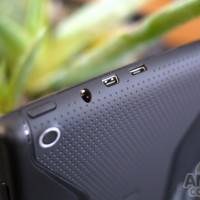
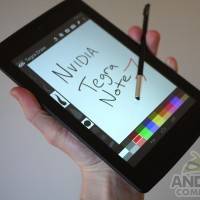
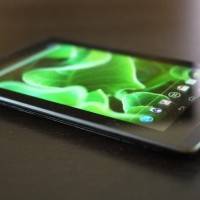
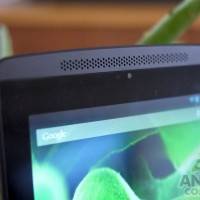
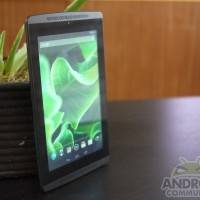


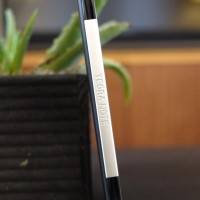
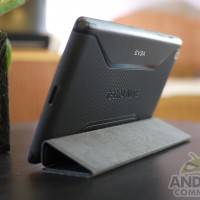



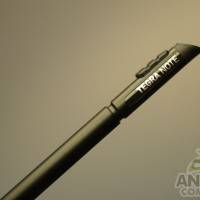









You make a really good point- it’s not the prettiest, toughest tablet out there but it performs well and, most importantly, it’s cheap. Really cheap.
Front…Facing…Speakers! I’ve just been kicking around the idea of buying a new Nexus 7. This tablet has complicated my plan because I loved the front facing speakers on the HTC One.
I never understood why these tablets keep putting the speakers on the back or sides.
Funny how you can release a tablet with superior performance + HDMI and microSD support, bundle in a very good stylus at a rock bottom price, and STILL not be recommended over a Nexus 7 simply because of the higher resolution (which will make game performance even worse)
LOL Does the media really want to upset advertisers. Never expect too much objectivity.
Don’t really see the degradation from a good screen, love T4, but give us FHD, and give us UD 7″ with T5, I’m prepared to pay for it.
Where is this thing? Best I can tell, Newegg got like 20 of them and sold them out pre release. I want to try one out somewhere.
It looks very good for a capacitive screen, but I have serious doubts it compares to a digitizer. Will be fine for anyone who isn’t very scrutinous or planning to do any art related tasks.
Please do a full video review of NYKO PlayPad Pro.
QUIERO UNA…. CUANTO CUESTA??
Good display, crap battery life (best I can get is 4.5 hours! Also, micro usb port is type A not B. it is square section not tapered so be VERY careful connecting as you will damage pins as very many have. Also connector is not very tight, Nvidia told me to try a few cables to get a good one!